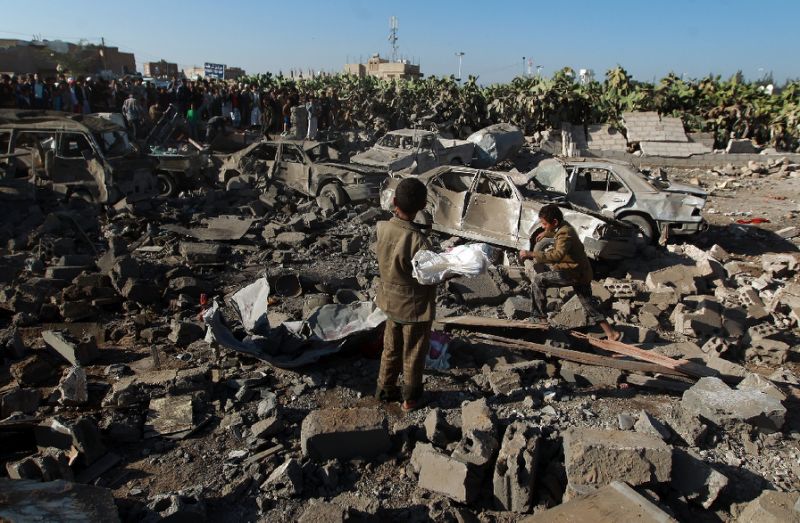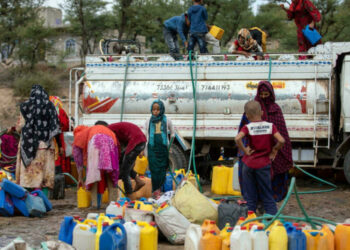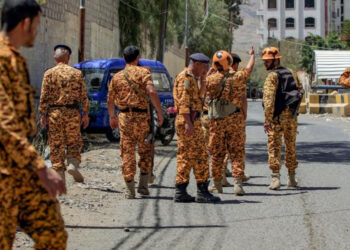Six months after the warring parties in Yemen agreed to a ceasefire in Stockholm, Sweden, fighting has continued “unabated” and more than a quarter million people have been newly displaced, humanitarian organizations have reported.
Signed on December 13, 2018, the Stockholm agreement offered “the brightest glimmer of hope” for Yemenis facing starvation, disease, and bombardment, the Norweigan Refugee Council said in a report released Tuesday.
“But its implementation has fallen woefully short of expectations,” the group reports.
Yemen – one of the poorest countries in the region – is the site to what the U.N. calls the world’s worst humanitarian crisis. Tens of thousands of children under the age of five have died of malnutrition since the outset of the war, while thousands more civilians have been killed by airstrikes, cholera, and other diseases.
In 2015, a Saudi-led coalition, backed by the United States, intervened in an attempt to oust the Houthis, backed to a limited extent by Iran, from power and restore the Kingdom’s preferred government.
Majed, a teacher from #Hodeidah, has paid the highest price when a bombing attack took his daughter’s life.
War in #Yemen must stop.
Watch Majed’s story here: pic.twitter.com/zmZGPSgLBy
— NRC Middle East & North Africa (@NRC_MiddleEast) June 11, 2019
In Hodeida, the frontline port city at the heart of the Stockholm agreement, NRC reported that about 26,000 people have been displaced since the ceasefire was signed.
“The Stockholm Agreement remains nothing but ink on paper if warring parties and their backers do not act now,” warned Mohamed Abdi, NRC’s Yemen Country Director.
The rate of civilian casualties increased by a third in the first five months following the agreement, with over 500 civilians killed by fighting and nearly 2,000 wounded. Three times as many civilians were injured or killed by small arms fire than in the five months before the agreement.
NRC also reported that more than 80 children have been wounded or killed by landmines, twice as many as in the same period before the agreement.
“It is time for warring parties and their international backers arming and influencing them to shoulder their responsibilities and negotiate in good faith so that the next six months don’t look like the last,” said Abdi.
The agreement has also only had a “limited impact” in facilitating the operations of international aid organizations in the country, the report said.
More than five million Yemenis remain largely out of the reach of aid organizations, which are restricted by fighting as the parties have continued to designate many areas as militarized zones.
Since late April, a major road connecting Aden in the South to the capital Sanaa in the North has been closed because of fighting, forcing aid organizations to operate through “insecure, mountainous” territory, creating additional costs and delays.






















